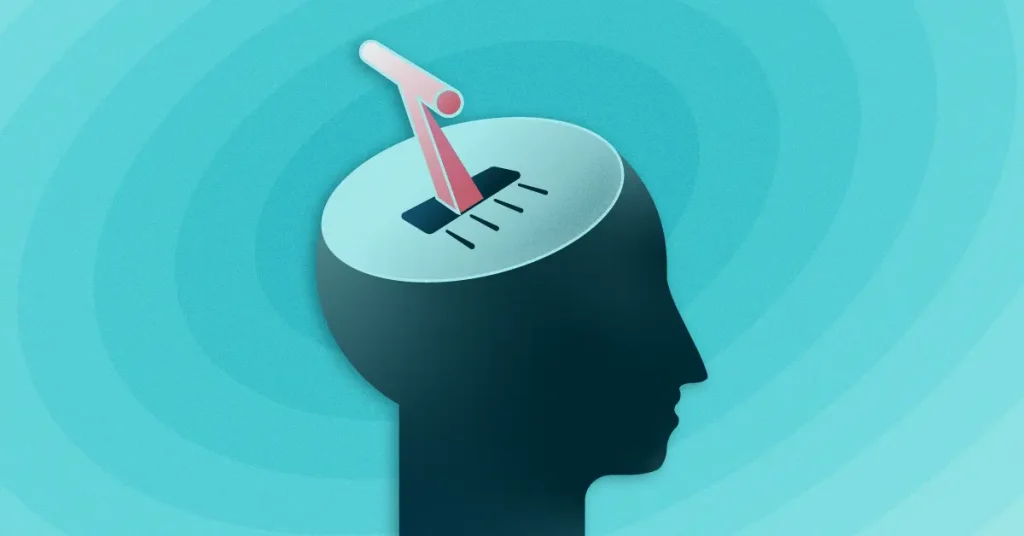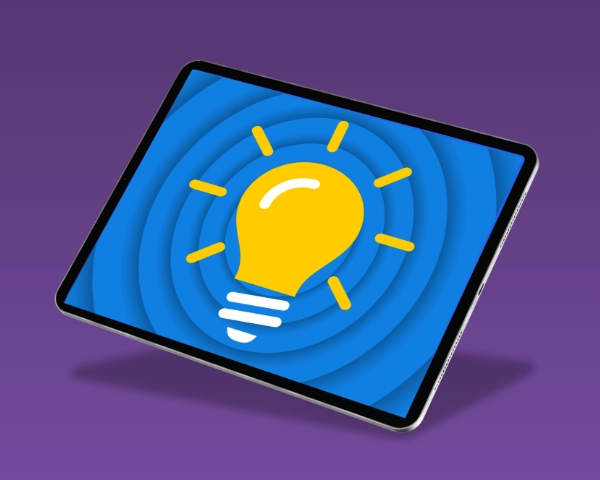If you’ve ever heard the phrase, “We need to shift gears,” you may have (correctly) guessed that it originates from the mechanical action of changing gears in a vehicle. In cars, for example, shifting gears adjusts the engine’s output to suit the requirements of different driving conditions. This process allows for a more efficient operation, whether you’re accelerating, climbing a hill, or cruising at a steady speed. In a way, our transition from the paper SAT® exam to a digital one requires a shift in gears, too.
This is because as educators, we have our go-to test prep strategies, but the ones specific to the paper SAT are no match for a digital exam. Instead, we need to shift our test prep approach to adapt to the Digital SAT Exam format. In this article, we’ll explore five ways teachers can adapt their SAT prep strategies to fit the digital exam, ensuring their students are well-prepared for test day.
Prep Strategy 1: Introduce Students to the SAT’s Format
Paper SAT: In the past, teachers would help students become comfortable with the paper format of the SAT. This included sections on math, reading, writing, and language. The test included long reading passages with multiple questions, both calculator and non-calculator math sections, and an optional essay.
Digital SAT Shift: Instead, you can familiarize your students with the redesigned test by explaining that it is now digital. Let them know that the test adapts to their performance, meaning that the difficulty of the questions changes based on how well they are doing. Tell them that there is now just one Reading and Writing section, which includes shorter passages of 25-150 words each, with only one question per passage. It’s also important to mention that the optional essay has been removed (although some states still require it for their accountability system) and that calculators are allowed for the entire math section.
Prep Strategy 2: Focus on Test-Taking Skills
Paper SAT: In the past, educators used to teach students how to fill in their answers carefully, eliminate incorrect choices with a pencil, and mark questions for later review. They also had students practice reading long passages with multiple questions. Additionally, students were taught how to manage their time according to the specific requirements of the paper SAT.
Digital SAT Shift: With the shift to the digital SAT, it’s important to help your students become comfortable with using the digital interface on a computer or tablet. Make sure they are familiar with the tools available, such as the built-in graphing calculator for math. Teach them how to manage their time effectively based on the new timing requirements of the Digital SAT, and show them how to flag questions digitally for later review. Last, but not least, it’s necessary for students to practice reading comprehension on a screen, as this can present different challenges compared to reading on paper.
Prep Strategy 3: Utilize SAT Resources
Paper SAT: In the past, educators heavily relied on printed materials such as practice tests and workbooks to help students prepare for the paper SAT.
Digital SAT Shift: Instead, educators should embrace digital resources that closely mirror the content, format, and tools of the actual exam. By using online preparation tools that closely resemble the Digital SAT, students can familiarize themselves with the types of questions they will encounter. UWorld stands out as a prime example of such a resource, offering a comprehensive suite of practice questions that are meticulously designed to replicate the actual Digital SAT experience, and even goes a step further by providing detailed explanations for each question. These explanations enable students to understand their mistakes and learn from them.
Prep Strategy 4: Bring SAT Content into the Classroom
Paper SAT: In the past, educators would help their students prepare for the SAT by incorporating relevant skills into regular lessons. English teachers would focus on reading and writing skills, while Math teachers would cover algebra and geometry. They would use printed practice tests and sample questions from educational sources, integrating them into classroom activities and homework. Sometimes, teachers would even create their own practice questions. Some schools also offered SAT tutoring sessions outside of regular school hours.
Digital SAT Shift: Thanks to digital resources, it is now much easier to integrate SAT content into core classes. Teachers can leverage UWorld’s extensive QBank by assigning daily practice questions or integrating them into whole group lessons and discussions. This allows Digital SAT preparation to seamlessly blend into class activities, entrance/exit tickets, and homework, eliminating the need for additional class preparation. Exam study sessions have also transformed for the better. Students no longer have to stay late or arrive early for in-person tutorials. Instead, online tools like UWorld enable students to engage in daily Digital SAT preparation from the comfort of their own homes, offering convenience and flexibility.
Prep Strategy 5: Emphasize Time Management
Paper SAT: Previously, educators would stress the significance of time management for each section of the SAT. In the 65-minute EBRW section, students were advised to aim to spend less than a minute on each question. For the 80-minute Math section, the goal was approximately 1 to 1 minute and 20 seconds per question. Strategies included skipping difficult questions, starting with easier ones, and making educated guesses when time was running out.
Digital SAT Shift: Similar to the paper SAT, if students encounter a challenging question, teach them to skip it and come back to it later. Encourage them to tackle the easier questions first. In situations where time is limited, emphasize the importance of making educated guesses rather than leaving questions unanswered. However, it is important to note that the Digital SAT has different time requirements and pacing compared to the paper version. Students should aim to spend about 1 minute and 10 seconds per question in the 64-minute Reading and Writing section, and approximately 1 minute and 35 seconds per question in the 70-minute Math section.
Bonus: Staying Informed and Flexible
As educators, we know that being flexible and open-minded is crucial during this transition to digital learning. To give our students the best preparation for the Digital SAT, it’s important to stay informed and up-to-date on the latest strategies.
Discover how UWorld helps educators shift their classic teaching strategies as needed, ensuring that all of their students feel well-prepared and confident when they take on the Digital SAT.
Resources
- Nearpod. (2024, January 11). Schoolwide standardized test prep strategies for administrators. Retrieved February 13, 2024, from https://nearpod.com/blog/schoolwide-standardized-test-prep-strategies-for-administrators/
- Caveon Test Security. (n.d.). Test administration guidelines. Retrieved February 13, 2024, from https://blog.caveon.com/test-administration-guidelines
- JSTOR. (1981, May). Standardized Testing from the Administrative Perspective. Retrieved February 13, 2024, from https://www.jstor.org/stable/20386058
- College Board. (2024). Helping students practice for the SAT. Retrieved February 13, 2024, from https://satsuite.collegeboard.org/sat/practice-preparation/helping-students
- Compass Education Group. (2023, October 24). The Digital SAT: What you need to know. Retrieved February 13, 2024, from https://www.compassprep.com/digital_sat/
- PrepScholar. (n.d.). Digital SAT Study Guide. Retrieved February 13, 2024, from https://blog.prepscholar.com/digital-sat-study-guide
- Office of Educational Technology. (n.d.). Teacher’s Guide to Digital Learning. Retrieved February 13, 2024, from https://tech.ed.gov/publications/digital-learning-guide/teacher/
- UWorld. (n.d.). Digital SAT Preparation. Retrieved February 13, 2024, from https://collegeprep.uworld.com/sat/digital-sat/
- Eastern Washington University. (2021, May 17). How to create a positive school culture. Retrieved February 13, 2024, from https://online.ewu.edu/degrees/education/med/educational-leadership/create-a-positive-school-culture/


